Wild cats have long fascinated humans with their elegance, power, and adaptability. Among their varied habitats, the extreme environments of the world’s deserts present a unique challenge. Yet, several species of wild cats have not only survived but thrived in these arid regions. This article delves into the remarkable adaptations that enable wild cats to conquer the desert landscape.
Understanding Desert Ecosystems
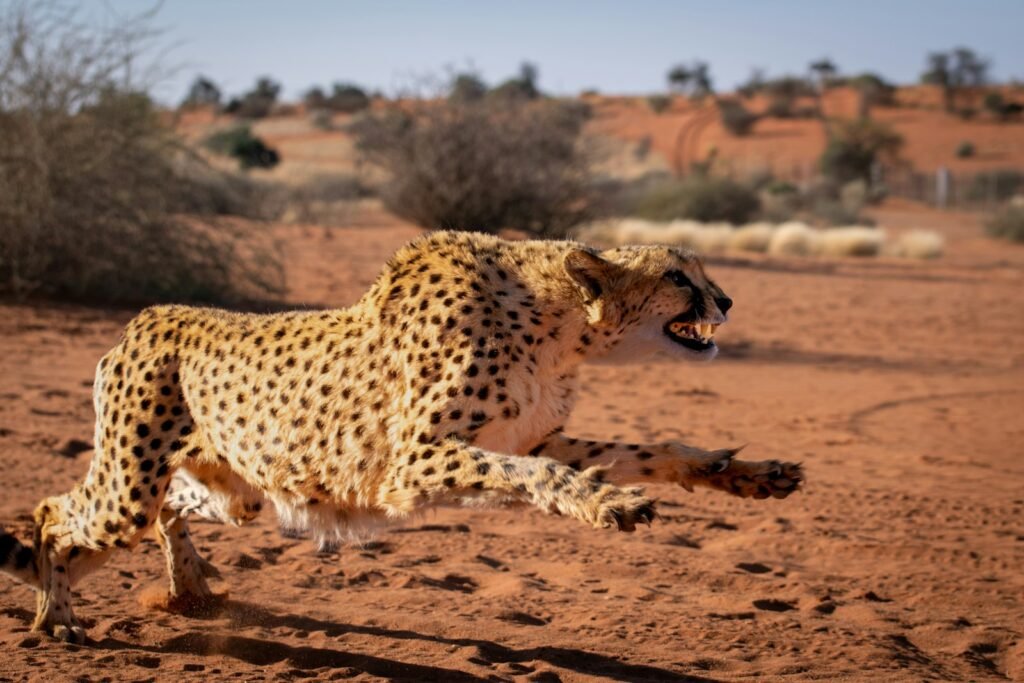
Deserts are characterized by their arid conditions, extreme temperatures, and scarce water sources. These harsh environments display vast variations, from scorching days to freezing nights, along with unpredictable rainfall patterns. Wild cats living in such environments must possess specific adaptations to cope with the extreme climate and limited resources.
The Prowess of the Sand Cat

The sand cat, also known as Felis margarita, is one of the quintessential examples of a wild cat adapted to desert life. Found in the deserts of North Africa and Southwest Asia, this elusive feline is specially equipped to handle the heat and scarcity of water. Sand cats primarily hunt small prey like rodents and reptiles, which give them the necessary moisture intake to survive.
Physical Adaptations for Heat Regulation
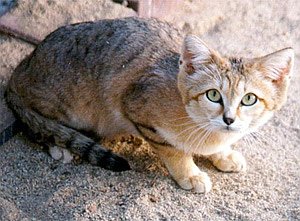
One remarkable feature of desert-adapted wild cats is their ability to regulate body temperature. For instance, the sand cat has thick fur on its paws, providing insulation from the hot desert sand. Their light-colored coats reflect sunlight, minimizing heat absorption and helping them stay cool during the day.
Camouflage: Blending into the Desert Landscape

Camouflage is another crucial adaptation that helps wild cats survive in the desert. Their coat colors often match the sandy and rocky environments, providing them with excellent concealment from both predators and prey. This adaptation is evident in species such as the caracal, which uses its reddish-brown fur to blend into its surroundings.
Nocturnal Habits for Energy Conservation

Many desert cats are nocturnal, keeping them safe from the intense heat of the daytime sun. Being active during the cooler night hours reduces their need for water and energy, essential in an environment where resources are scarce. This is a common trait among several desert-dwelling wild cats, including the African wildcat.
Water Acquisition and Conservation
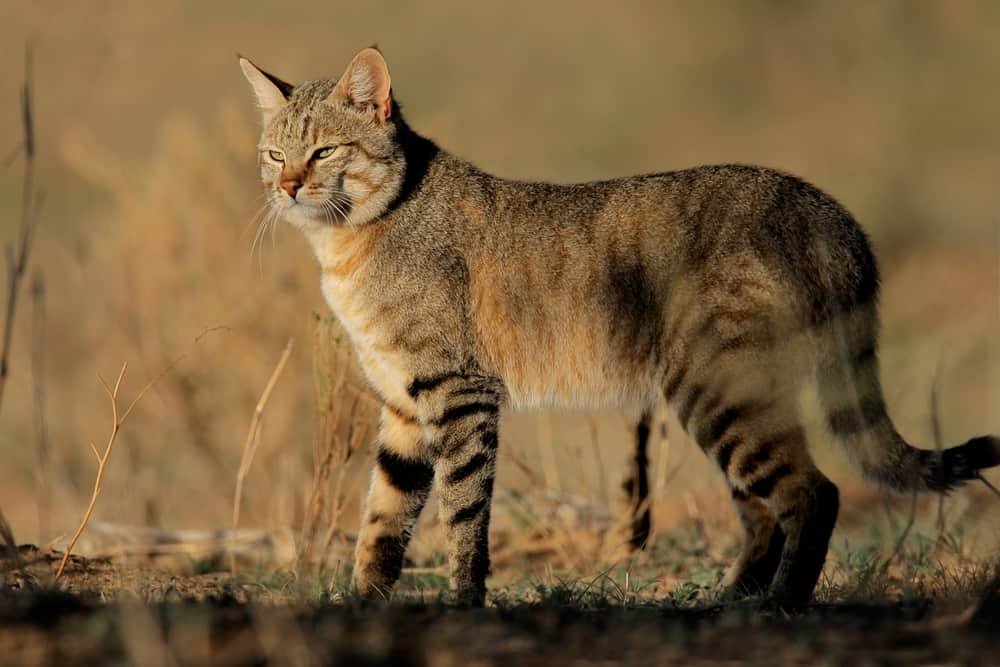
Desert wild cats have evolved to extract sufficient moisture from the prey they consume, minimizing their need for direct water intake. They also have efficient kidneys that conserve water by excreting highly concentrated urine, allowing them to retain more moisture.
Dietary Flexibility: The Key to Desert Survival

The ability to adapt their diet is crucial for desert-dwelling wild cats. They often have a flexible diet that can include small mammals, birds, reptiles, and insects. This versatility allows them to exploit various available food sources, an adaptation critical for survival in a habitat where prey availability fluctuates.
Behavioral Adaptations to Desert Conditions
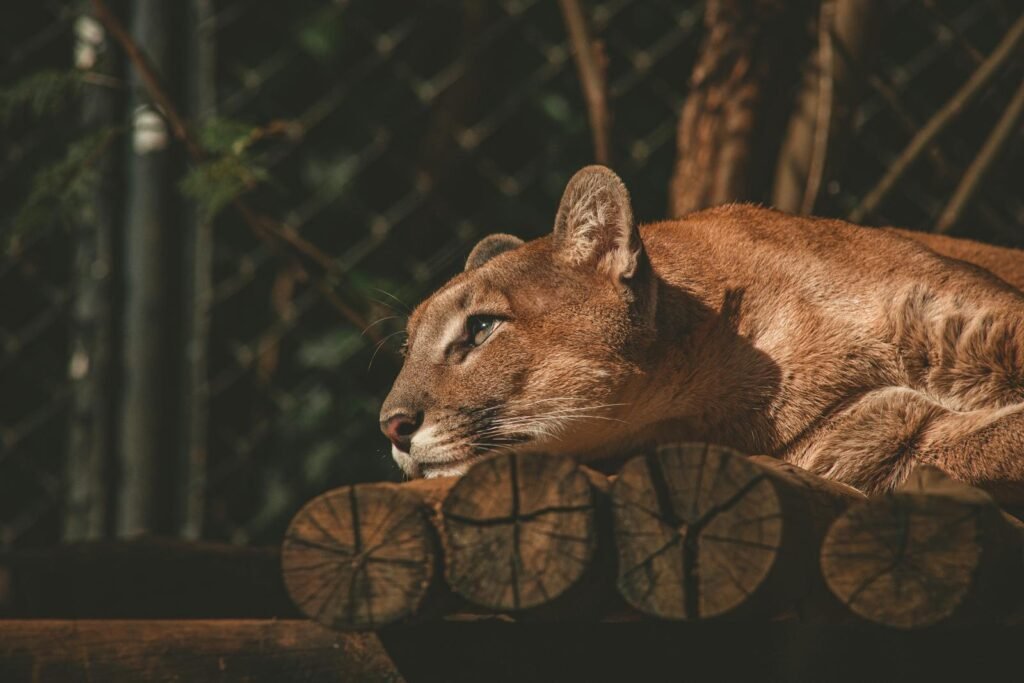
Behavioral adaptations complement physical traits, enhancing desert survival. Wild cats may modify their hunting techniques based on the terrain and available prey. Sand cats, for example, dig into the sand to unearth burrowing animals such as rodents and insects, demonstrating refined hunting strategies tailored to the desert environment.
Territorial Range: Maximizing Resource Utilization
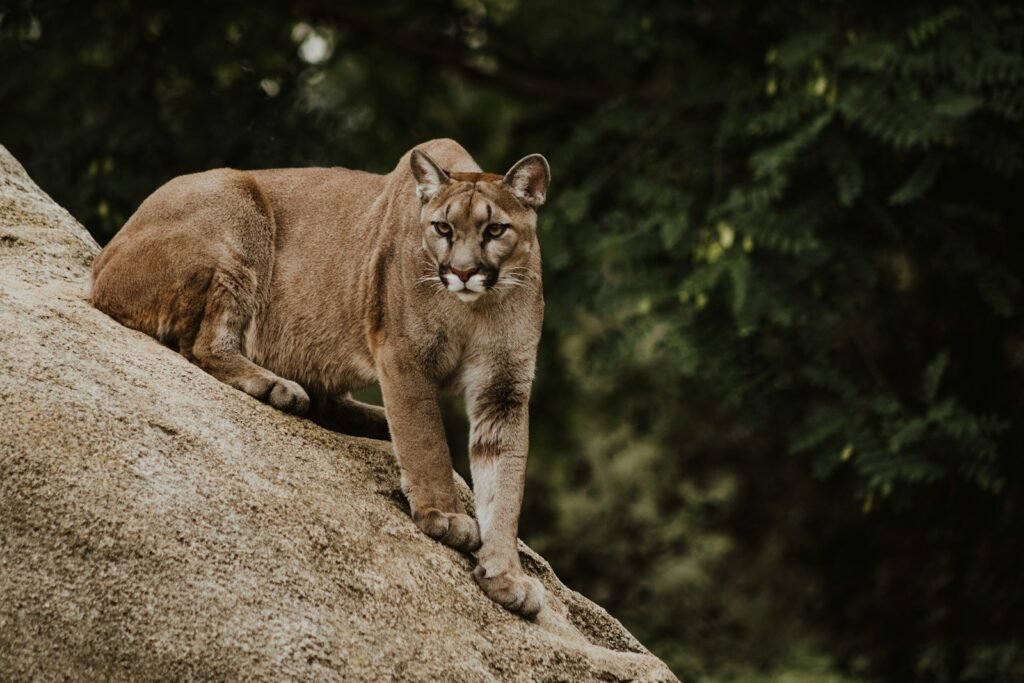
Desert wild cats tend to have larger territorial ranges compared to their forest or grassland counterparts. This adaptation allows them to cover more ground in search of food and water, maximizing the use of the sparse resources available within their arid habitats.
Conclusion
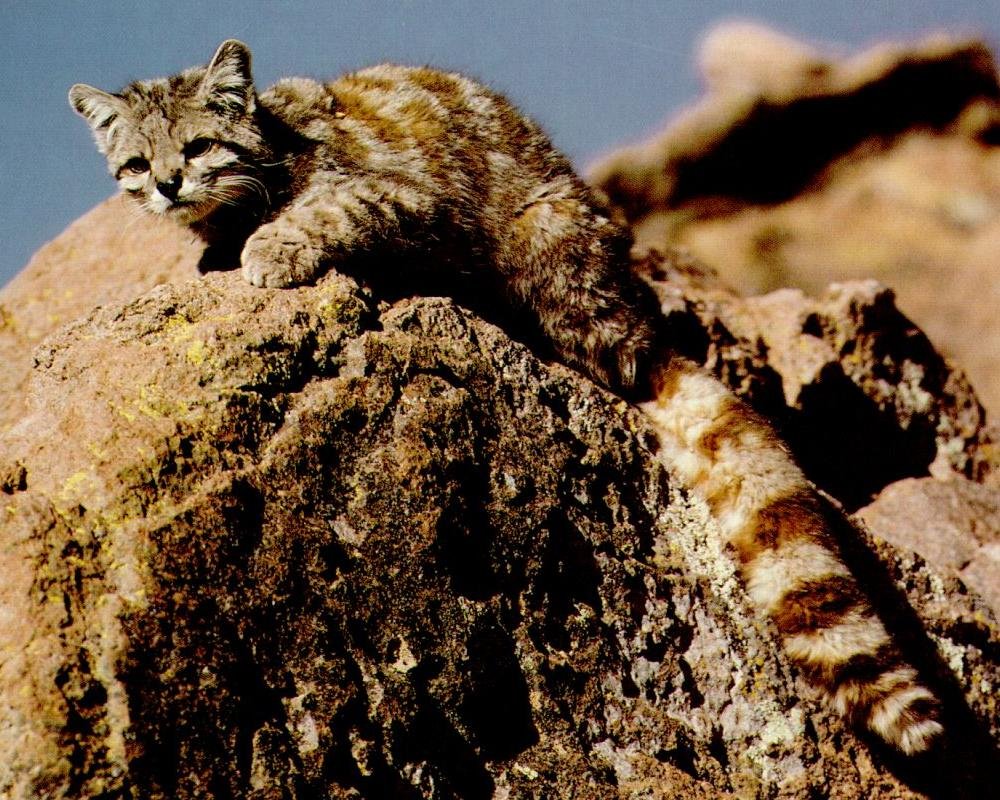
The ability of wild cats to adapt to the extreme conditions of the desert is a testament to their resilience and evolutionary ingenuity. Through a combination of physical, behavioral, and dietary adaptations, these magnificent creatures continue to thrive in some of the planet’s most challenging environments. As we continue to study these adaptations, we gain valuable insights into the complex interplay between species and their environments, enhancing our understanding of the natural world.

Linnea is a born and bred Swede but spends as much time as possible in Cape Town, South Africa. This is mainly due to Cape Town’s extraordinary scenery, wildlife, and atmosphere (in other words, because Cape Town is heaven on earth.) That being said, Sweden’s majestic forests forever hold a special place in her heart. Linnea spends as much time as she can close to the ocean collecting sea shells or in the park admiring puppies.






